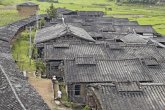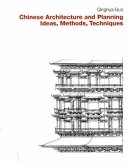Ähnliche Artikel
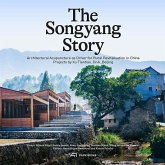
Gebundenes Buch
Architectural Acupuncture as Driver for Rural Revitalisation in China. Projects by Xu Tiantian, DnA_Beijing
22. Oktober 2020
Park Books
03860186
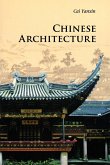
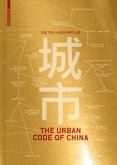
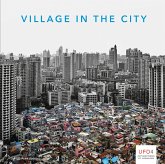
21,99 €
Versandfertig in 3-5 Tagen
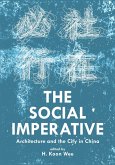
Broschiertes Buch
Architecture and the City in China
English edition
1. September 2017
ACTAR
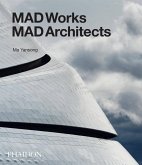
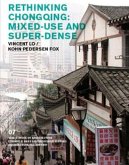
Broschiertes Buch
Vincent Lo / Kohn Pedersen Fox
1. August 2014
ACTAR
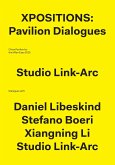
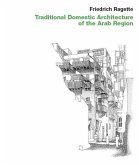
Buch mit Leinen-Einband
3. Aufl.
Oktober 2006
Edition Axel Menges
Ähnlichkeitssuche: Fact®Finder von OMIKRON

